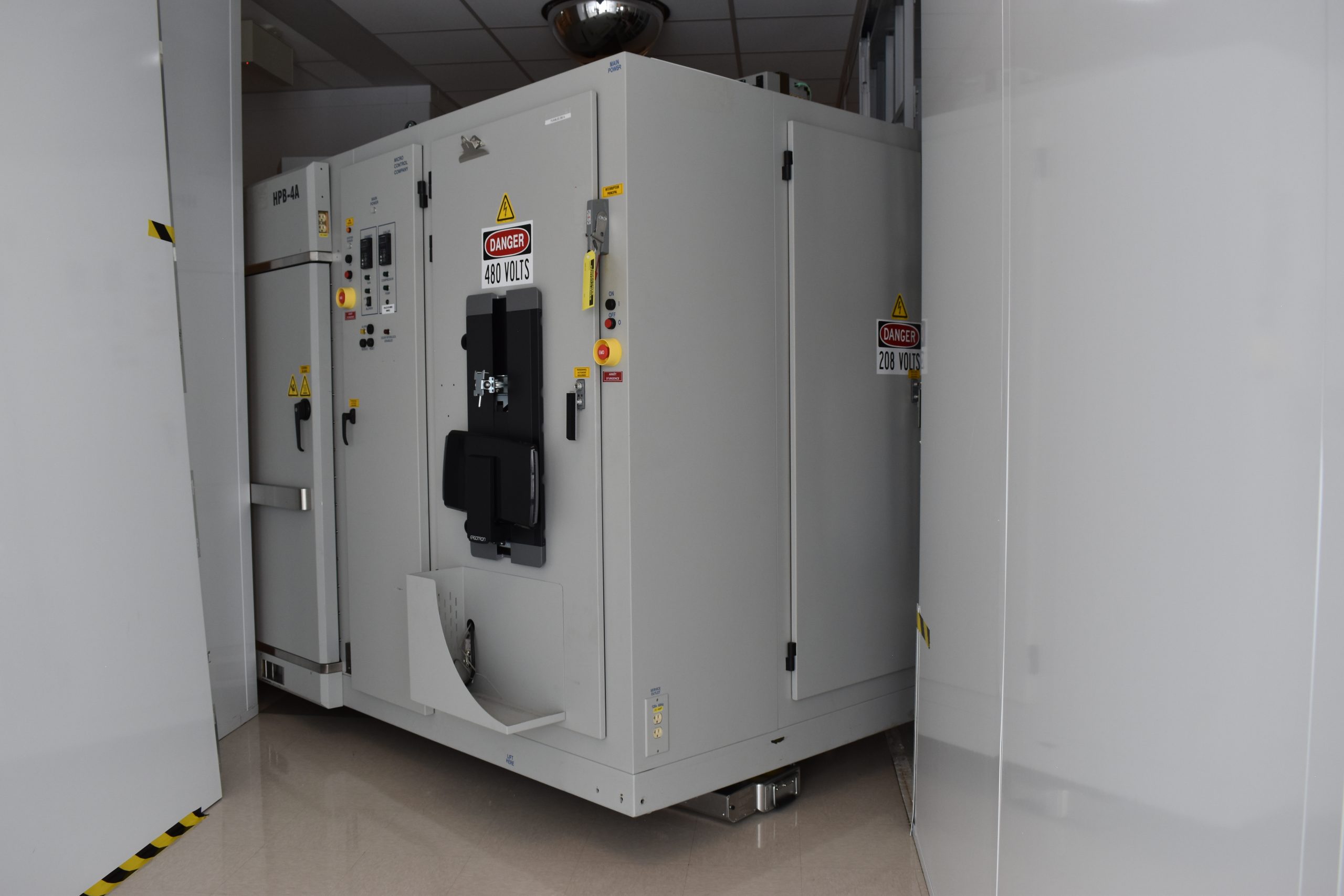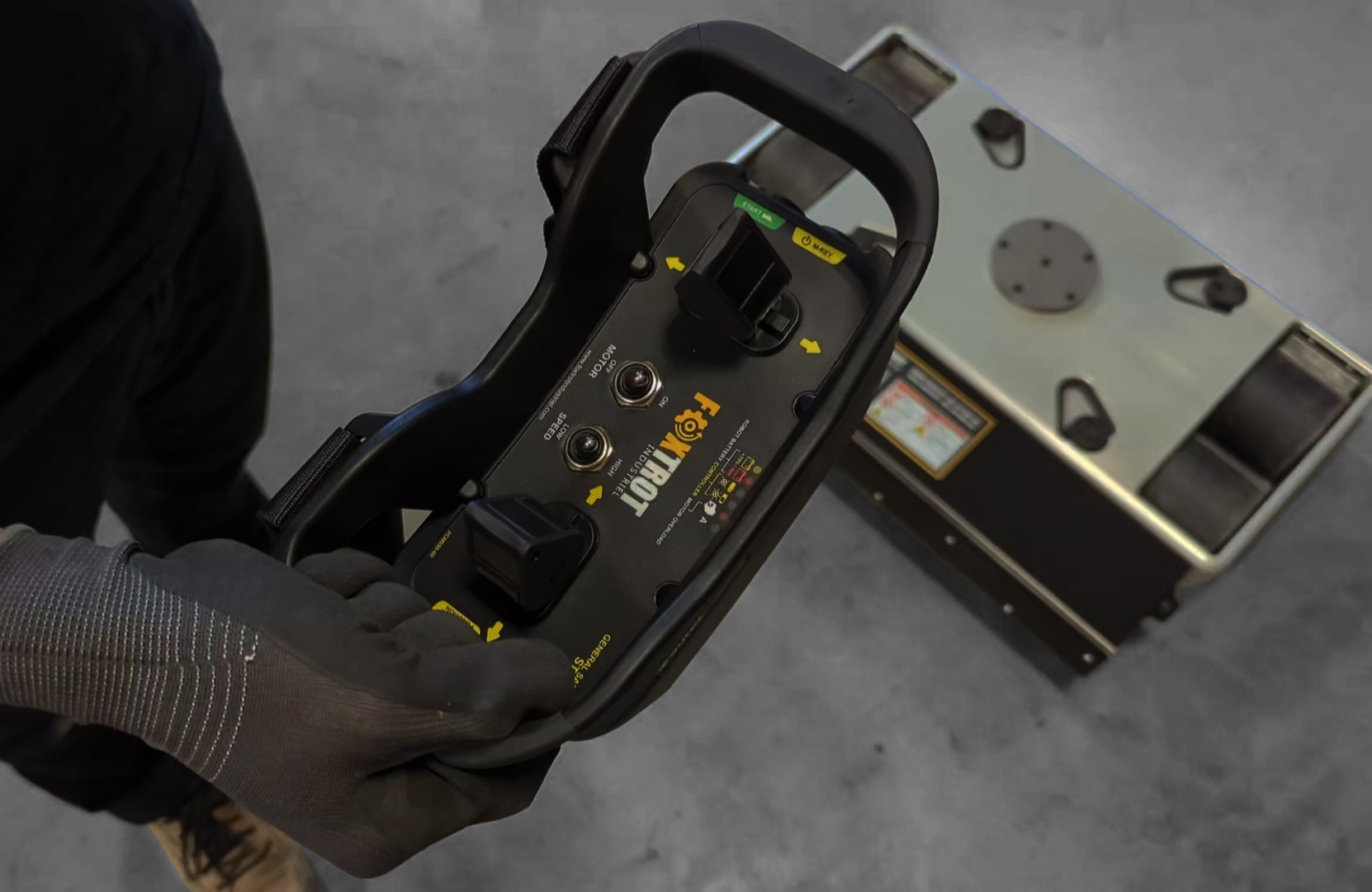In today’s ever-changing industrial world, automation plays an increasingly important role in improving efficiency and productivity. The use of robots in industrial operations has become an indispensable solution for many companies. However, choosing the right robot to meet your specific needs can be a crucial decision that requires careful evaluation. In this article, we’ll guide you through the key steps involved in choosing the ideal robot for your industrial needs.
1. Define your objectives and specific needs
The first step in the process of selecting an industrial robot is to clearly define your objectives and specific needs. Ask yourself the following questions: What problems or tasks do you want to automate? What results do you expect from integrating a robot into your processes? Once you have a clear vision of your objectives, it will be easier to choose the robot that best meets your needs.
2. Analyze the working environment
The work environment is an essential factor to consider when choosing a robot. Carefully study the characteristics of your workspace: dimensions, obstacles, height of shelves, etc. Some robots are designed to operate in restricted spaces, while others require more space. Some robots like the Solo 10 and 20 are designed to operate in confined spaces, while others require more space to move around. Make sure the robot you choose can operate efficiently in your specific environment.

3. Assessing the robot’s payload and reach
Payload, i.e. the maximum load capacity the robot can handle, is a key criterion to consider. Make sure the robot is capable of handling the specific loads required in your industrial operations. In addition, assess the robot’s range, i.e. the maximum distance it can travel. Choose a robot with a reach that matches the size of your workspace.
4. Consider the robot’s features and capabilities
Every robot has its own features and capabilities. Some robots are equipped with articulated arms for great flexibility of movement, while others have wheels for moving on the floor. Some robots are equipped with advanced sensors to detect obstacles and avoid collisions. Make sure you choose a robot with the features and capabilities that meet the specific requirements of your tasks.

5. Check ease of use and programming
The robot’s ease of use and programming are important factors to consider, especially if you have no previous experience with industrial robots. Opt for a robot with easy control or an intuitive, user-friendly interface that enables easy programming. Also, check whether the robot is compatible with the programming software you already use in your operations, if applicable.
6. Consult reviews and testimonials
Before you make your final decision, take a look at reviews and testimonials from other companies who have already used the robot you’re considering. This will give you an idea of the robot’s actual performance in an environment similar to your own.
7. Call in a robotics expert
If you have any doubts or uncertainties when choosing a robot, don’t hesitate to call in a robotics expert. A professional will be able to assess your needs, advise you on the most appropriate options and help you make the best decision.
In conclusion, choosing the right robot for your industrial needs is a crucial step that requires careful planning. By clearly defining your objectives, evaluating the work environment and robot functionalities, and consulting experts, you can choose a robot that will improve the efficiency of your operations and help you stay competitive in a constantly evolving market.


Recent Comments